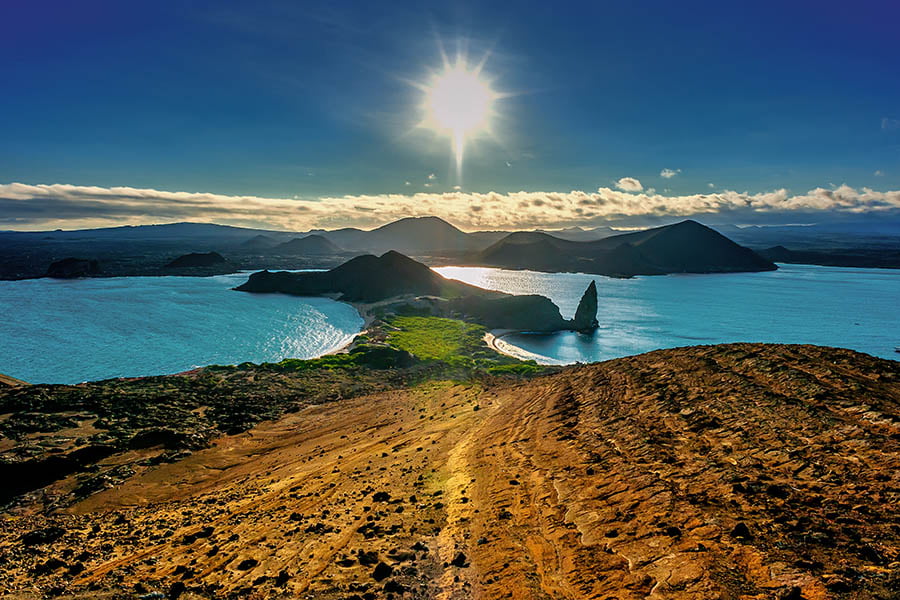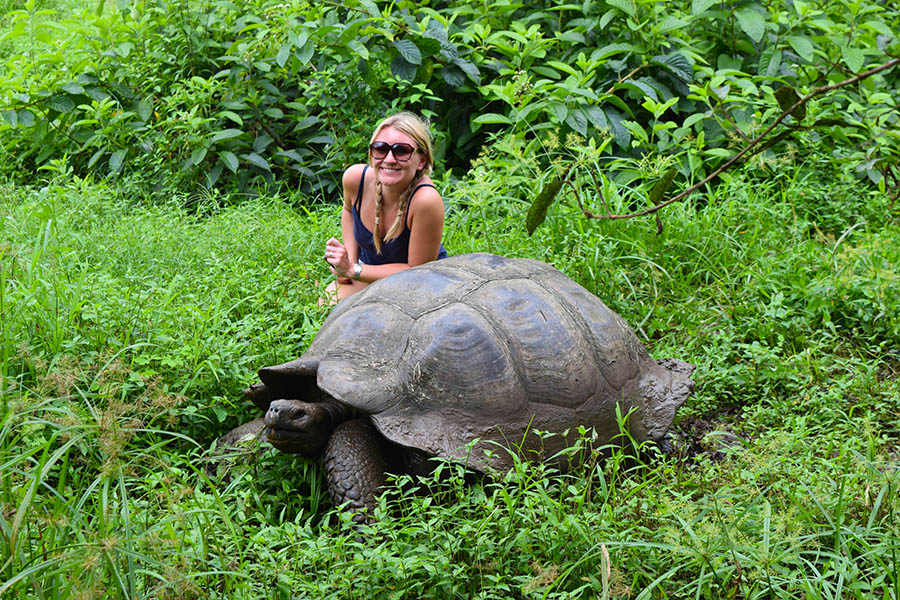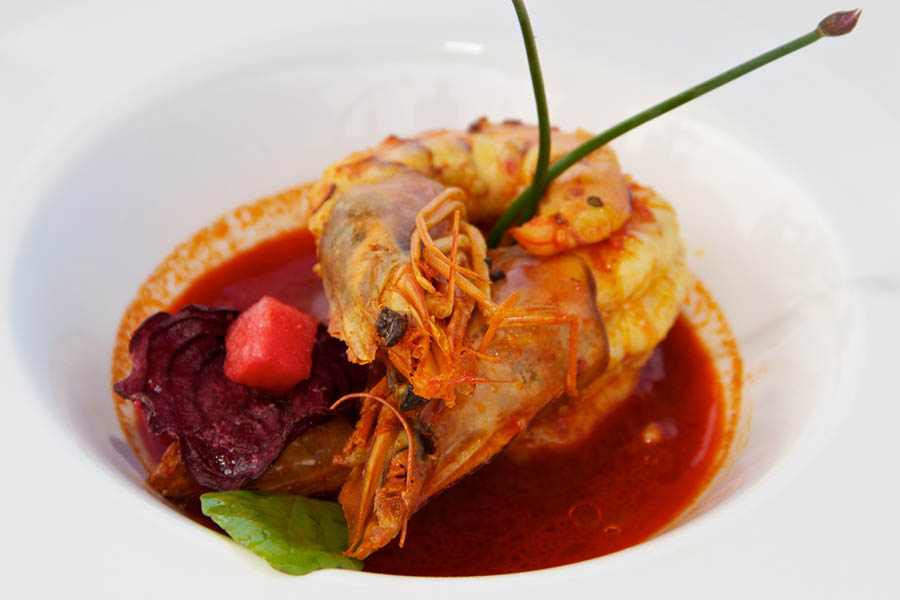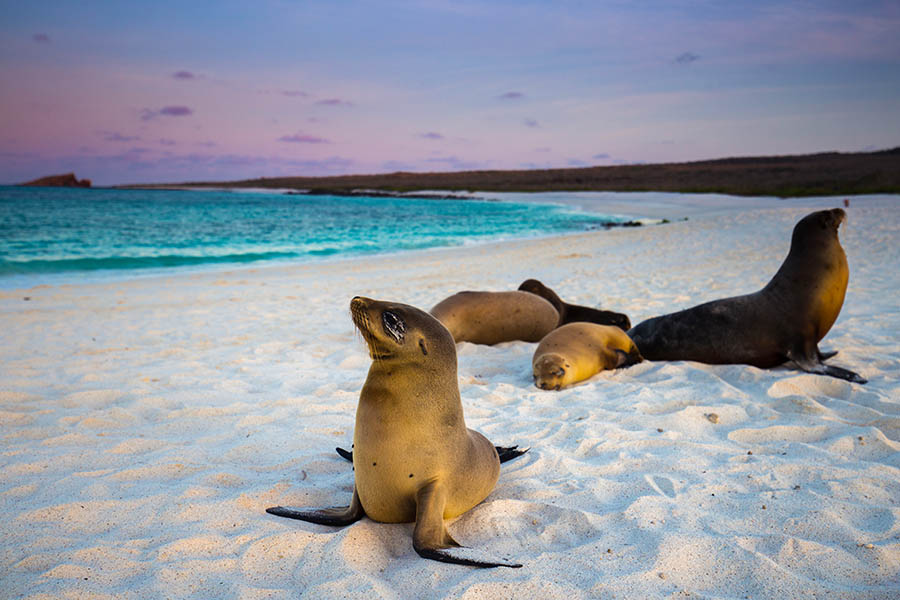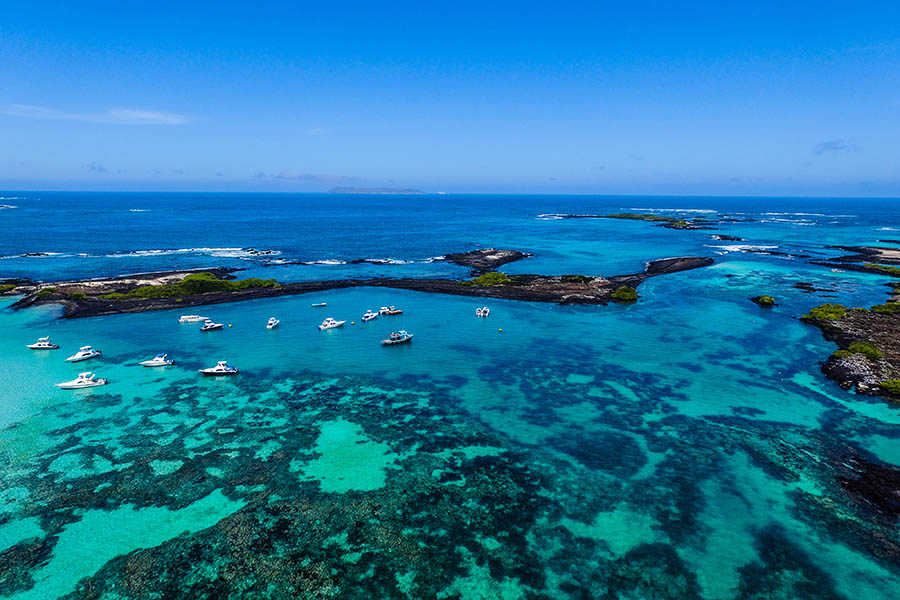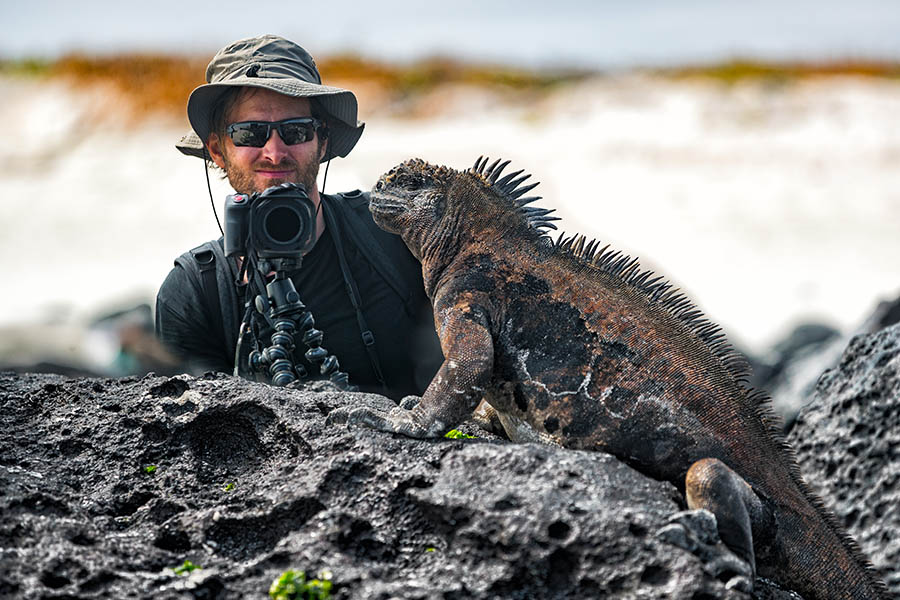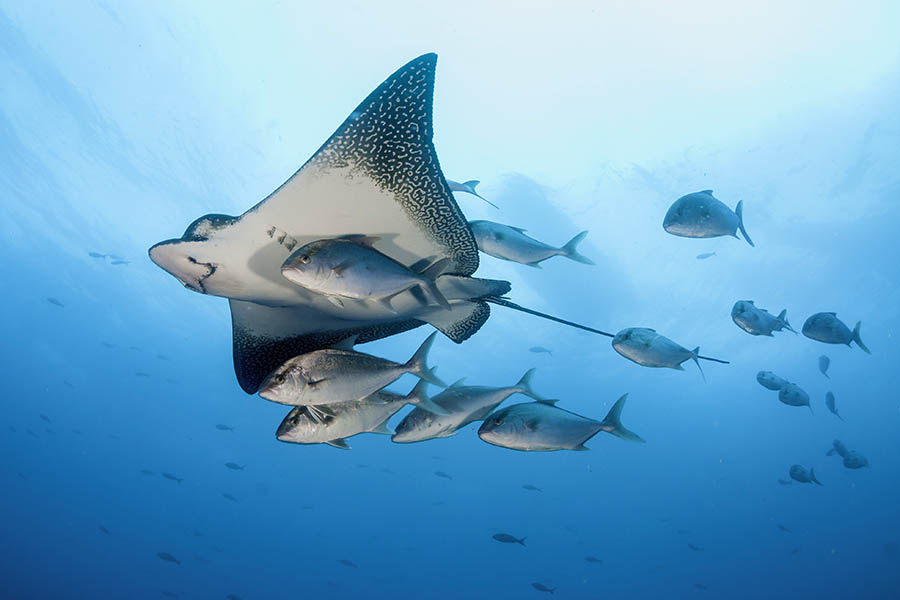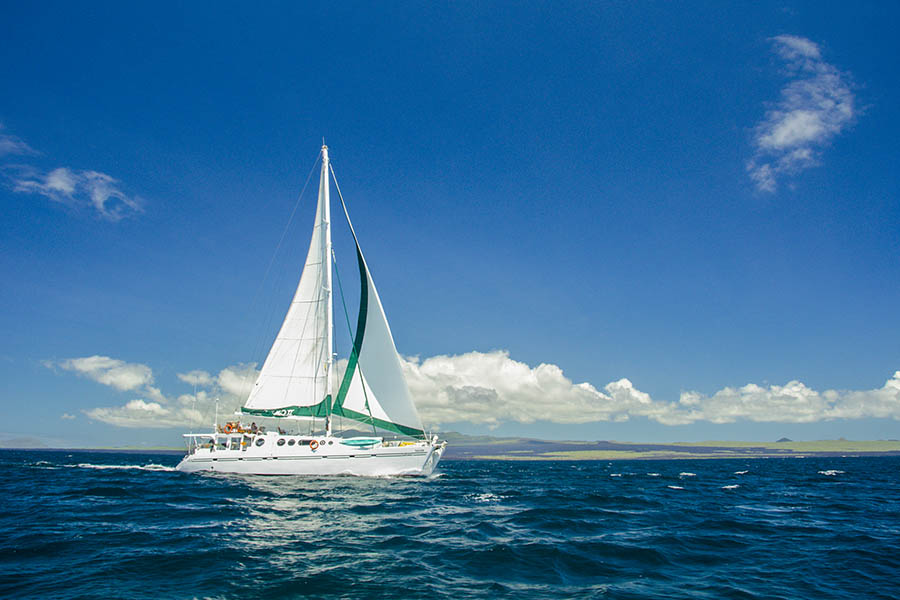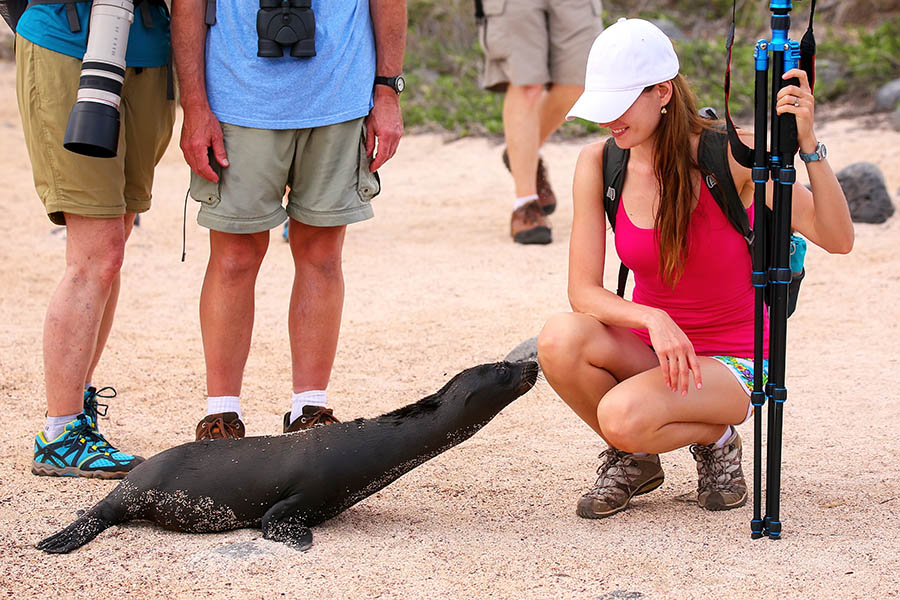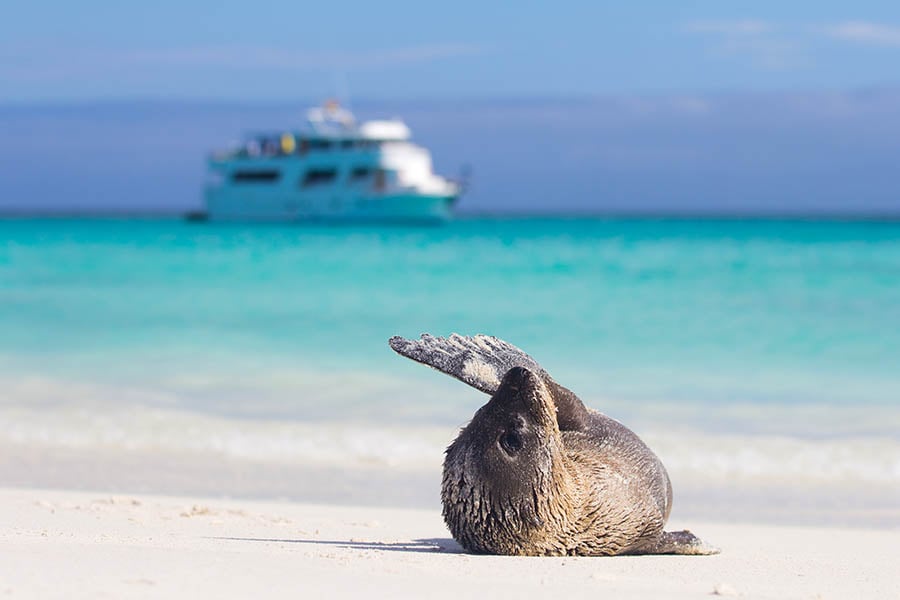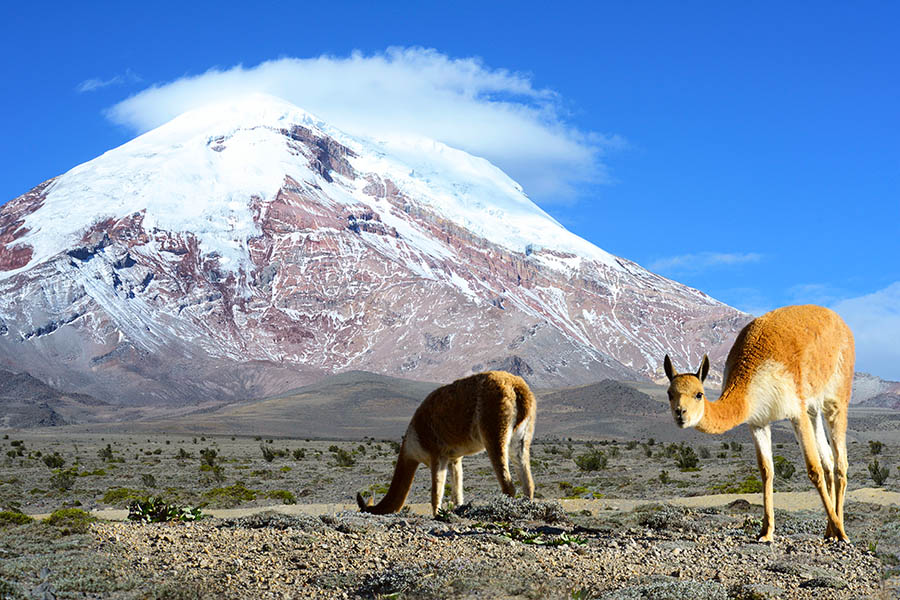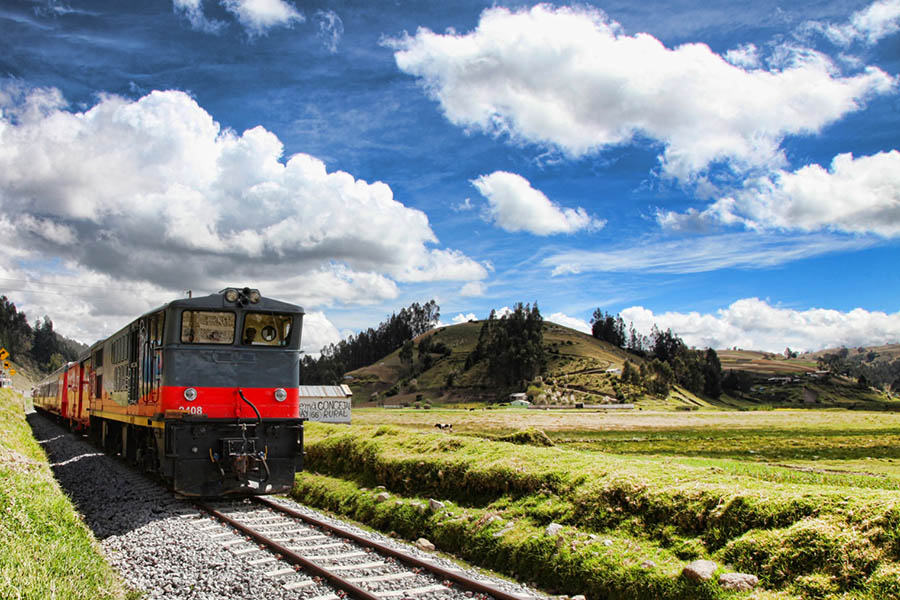Galapagos luxury island hopping
Duration(in days): 9
From: San Cristobal
To: Baltra
From
£4,065
See more ideas for: Ecuador
Overview
Cruises are not the only way to see the Galapagos, so if you would prefer to stay on solid ground, try some luxury Galapagos island hopping instead. Island hopping is perfect if you can’t stomach the idea of spending several nights on a boat. During this trip, you’ll spend 8 nights in 3 different hotels on 3 different islands: San Cristobal, Isabela and Santa Cruz. You’ll visit take wildlife-viewing tours to the nearby uninhabited islands and visit some of the most famous sights in the Galapagos. You will have plenty of opportunities to spot wildlife, both on land and in the water. There are all kinds of walks, hikes, swims and snorkelling trips on offer at each hotel and you’ll be escorted by a certified Galapagos National Park guide on every excursion. Daily breakfast and lunch are included you’ll stay in some of the most prestigious hotels in the islands. All transport is included.
This itinerary can be tailored to suit your requirements, so please contact one of our consultants to start planning your dream trip.
Highlights
- Spot wildlife resting in the lava channel at Tintoreras Islet
- Sleep in top-notch luxury Galapagos hotels
- Hike up the Sierra Negra volcano on Isabela Island
- Walk among the sea lions of Lobos island
- Snorkel with whale sharks!
- Relax on pristine sandy beaches
- Watch marine iguanas swim deftly in the water
Itinerary
Itinerary in brief:
- 2 nights on San Cristobal
- 3 nights on Isabela
- 3 nights on Santa Cruz
Day 1: San Cristobal
This morning, you’ll be picked up at the airport by your private guide and driven to your hotel, where you’ll check in for two nights. After lunch with your guide, you’ll visit the Interpretation Centre to learn about the formation, colonisation and location of the islands. You’ll then follow the scenic trail to the Frigatebird Hill, a viewpoint offering beautiful views over San Cristobal Island. You’ll also be able to snorkel the shallow waters of Tijeretas Bay, where you can spot sea lions, tropical fishes and turtles. The evening will be free.
Day 2: San Cristobal
Today, you can choose between different excursions over a delicious home-made breakfast. If you fancy hiking, you can set off to Lobos Island famous, for its sea lion colony. If snorkelling sounds more enticing, opt for a trip out to Kicker Rock, a volcanic formation amid the ocean. Here, you’ll be able to snorkel with whale sharks, rays, turtles and if you are lucky, hammerhead sharks! You’ll have lunch on the boat and spend some time relaxing on a sandy beach before heading back to the hotel.
Day 3: Isabela
This morning, you’ll be picked up at the hotel and accompanied to the airport for a short flight to Isabela Island. Once you’ve checked into your new hotel, the rest of the morning will be free and, after lunch, you will visit Tintoreras Islet for a short hike and snorkelling excursion. During the trip, keep your eyes peeled for penguins, marine iguanas, sea lions and reef sharks resting in the lava. It’s an excellent area for wildlife.
Day 4: Isabela
After breakfast, you’ll visit the Sierra Negra volcano and walk through spectacular lava landscapes. On the way, you can soak up the stunning views over the northern volcanoes of Isabela and Fernandina. The hike to Sierra Negra is approximately 16 km (around 6 hours) and worth every ounce of effort! During the trip, you’ll see the second largest volcanic crater in the world and explore several different vegetation zones. A box lunch is also included.
Day 5: Isabela
After a healthy breakfast, you’ll take a boat ride to Cabo Rosa (around 45 minutes), where lava has flowed into the ocean and formed beautiful lava tunnels. Here, you can spot penguins, blue-footed boobies and sea turtles. But the best is yet to come! Snorkelling is outstanding in this area, so grab a mask and get under the water. Beneath the waves, you’ll have the chance to see sharks, sea turtles, sea lions, rays, seahorses and a rainbow mix of tropical fishes. The excursion will last around 5 hours and when you arrive back at the hotel, you will have free time to relax. Lunch is included today.
Day 6: Santa Cruz
Today, you’ll make an early start to catch the speedboat to Santa Cruz Island. The journey will take around 2 hours. When you arrive at the harbour, the staff of your hotel will meet you and you’ll be welcomed with a delicious breakfast. Afterwards, your guide will drive you to a ranch in the highlands, where you’ll see giant tortoises in their native environment. Next, you’ll stop at Cerro Mesa Reserve to peer into a huge crater, reminding you that Santa Cruz used to be an active volcanic island. Finally, you’ll stay at Garrapatero beach to swim and snorkel before heading back to your hotel. The evening will be free for you to explore Puerto Ayora, Santa Cruz’s main town, at your own leisure.
Day 7 & 8: Uninhabited Island tours
Over the next couple of days, you will take two yacht tours to two different uninhabited islands. These islands may be Santa Fé, Plazas, Bartolomé or Seymour, depending on availability, the season, and the timetable of the National Park. On Santa Fé and Plazas, you can spot endemic land iguanas, while Bartolomé is known for its beautiful lava scenery and Seymour is home to both frigate birds and blue-footed boobies. Wherever you end up, you’re in for a totally unique wildlife experience. Daily breakfast and lunch are also included.
Day 9: Departure
This morning, your driver will take you to the Itabaca Channel, where you’ll board the ferry and then the bus to the airport. Here, you’ll board your flight back to mainland Ecuador.
Info
There isn’t a bad time to visit the Galapagos and a trip to this destination will be extraordinary at any time of year. Nonetheless, there are two distinct seasons in the Galapagos. The dry season runs from June to December, characterised by clearer skies but colder waters. The wet season stretches from December to May, with higher chances of rain and cloudier skies but much warmer waters that make for a more comfortable snorkelling experience.
We've done a similar trip...
If you'd like to get a feel for this trip, read our blog post, Discovering the Galapagos aboard the tall ship Mary Anne, written by one of our consultants who's been there.
This itinerary is purely a suggestion, and can be tailor-made to your requirements, so please contact us with your dates and requests and we’ll put together a bespoke quotation for you
- 8 nights’ accommodation
- All transportation
- Tours with English speaking guides
- All meals mentioned in the itinerary
- Snorkel gear and short wetsuit
- Flight San Cristobal to Isabela
- Boat transfer from Isabela to Santa Cruz
- International flights
- Flights from and to mainland Ecuador
- Entrance fee of the Galapagos National Park ($100 per adult to be paid locally by cash only)
- Transit card $20 per person to be paid by cash at mainland Ecuador’s departure airport
- Isabela docking fee
- Meals not mentioned in the itinerary
- Tips and personal expenses
Accommodation
8 nights in 4* accommodation.
Hotels in this category include:
- Hotel Golden Bay
- Hotel Iguana Crossing
- Finch Bay Hotel

